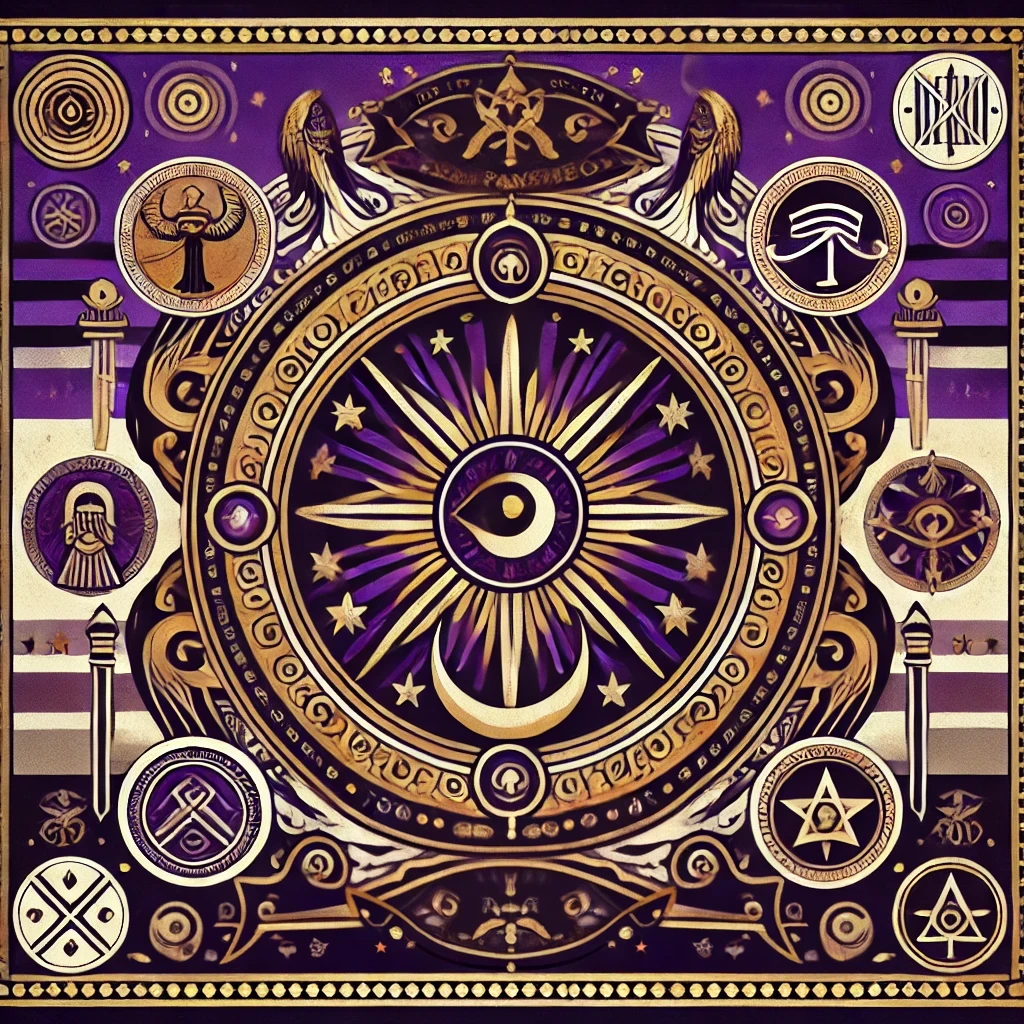Srian Pantheon
Polytheistic
Lead Deity: Anaxima The Sun Elder
State Religion of: No current nations support the Srian Pantheon officially - used to be the State Religion of the Ancient Kingdoms of: Sria, Amnus, Therna, and Chytria
Notable Gods
Anaxima: The Sun Elder, main god
Aaresi: Goddess of the night sky and the moon
Boriteph: God of war
Hotem: God of the underworld
Megano: God of festivals
Megas Ermis: God of travel and messages (borrowed from Aetian Pantheon)
Phaelyn: Goddess of the sea and trade
Thera: Goddess of the ever-flowing rivers and good harvest
Beliefs
Anaxima is the determiner of when it is night any day, which is the source of ultimate power for the Srians. Most of the time Anaxima decides to be consistent. As the supreme power of the realm, Anaxima decides who rules the Srian peoples and bestows favor upon which ever would-be ruler through the god-ray temple - the most holy site, found in the capital city of Enaigenus.
The god-ray temple, called Qaltum, contains a massive white/silver stained glass window where any potential ruler must enter and meditate under. At only a certain time of day (some time past midday) does light ever have the potential to shine through. If that person is worthy of ruling the Srians, a bright ray of light will shine on them, coinciding with a loud bang. It is unknown where this sound comes from, and it has been described differently by people who have heard it more than once.
The other gods of this pantheon are mischievous and, while they keep things in order, they also mess with one another as well as the Srian people. Due to this, Srian people tend to take to a good sense of humor, but also distrust in foreigners. The Srians look to their pantheon as a source of power and an answer to their troubles - often linked with the realm. It is due to the teachings and parables in stories involving these gods that the common Srian takes a much greater interest in their government/international events.
Founding
This pantheon started roughly when the Srian city-states began in the 900s AR. Qaltum was constructed only 100 years later, and so began the line of Srian rulers reigning from Enaigenus. Most of the stories and parables are locally created and shared. As any such pantheon, no sole person or prophet is denoted with the creation of this religion. The closest pinpoint on this religion's official creation is with the building of Qaltum, but stories of Anaxima and other are known to have circulated much earlier.
History
The ritual and passing of each successive ruler of the Srians is typically what makes up the earliest days of the Pantheon. Sria, being cautious of outside intervention set up two buffer states, Therna and Amnus, which both followed the Srian Pantheon. Over time this following became a begrudging task for residents of these two "outside" kingdoms. Pilgrimages to Enaigenus was frequent from all walks of Srian society.
When the Seleutines conquered the Srian Kingdom by 50 AR - the first outside civilization to do so - the Seleutine King Agnikos Philamon entered Qaltum where the light did indeed shine and a bang was indeed heard. In the Srian's eyes, King Agnikos was the first outsider to ever have been deemed worthy.
On the other hand, some theorize that Agnikos had stationed some soldiers outside to ring out a resounding crack on a metal shield. In either case, the Srians historically went with the Seleutine right to rule, until the Seleutines kings stopped visiting Qaltum - a trend started by King Agnikos Philamon II in 120 AR. The subsequent ceasing in religious recognition, among many other reasons, led the Srians to revolt in 140 AR wherein the Seleutine Empire is often cited with the start of its decline.
After over 200 years of vassalage to Morosia, the Morosian emperors had their turn. In 499 AR, Kaesus Manorion passed the test at Qaltum while he was on his quest to gather support against Emperor Valon III Daerian. Subsequently, the Srians readily backed Kaesus in his vie for power which soon succeeded, deposing the Daerian dynasty. From then onwards, Sria was officially a part of the Morosian Empire. Successive emperors made sure not to repeat the Seleutines' mistake and all made pilgrimages to Qaltum until the collapse of the Empire in the later half of the 700s AR.
Enaigenus was one of the last provinces outside of the Island of Moros to become independent, being loyal to the end. When Enaigenus eventually did form the Kingdom of Vatheria, the Srian pantheon was no longer on the list of priorities. In fact, many of the people began converting away from the Srian pantheon in favor of The Center of the World and Dominion.
Enforcement
The Srian people were loyal to their pantheon as a unifying cultural element until the collapse of the Morosian Empire. To gain any kind of favor with the Srian people, any would-be rulers were self-enforced to abide by the Pantheon's customs for as long as they ruled over the Srian people. In this way they greatly reduced the risk of open rebellion from a culture that was known for taking a stance on all politics. Due to foreign rulers heeding to the Srian pantheon, the religion was simply seen as legitimate and a very real presence, if not through its gods but through its inspiration to the Srian people.




Comments